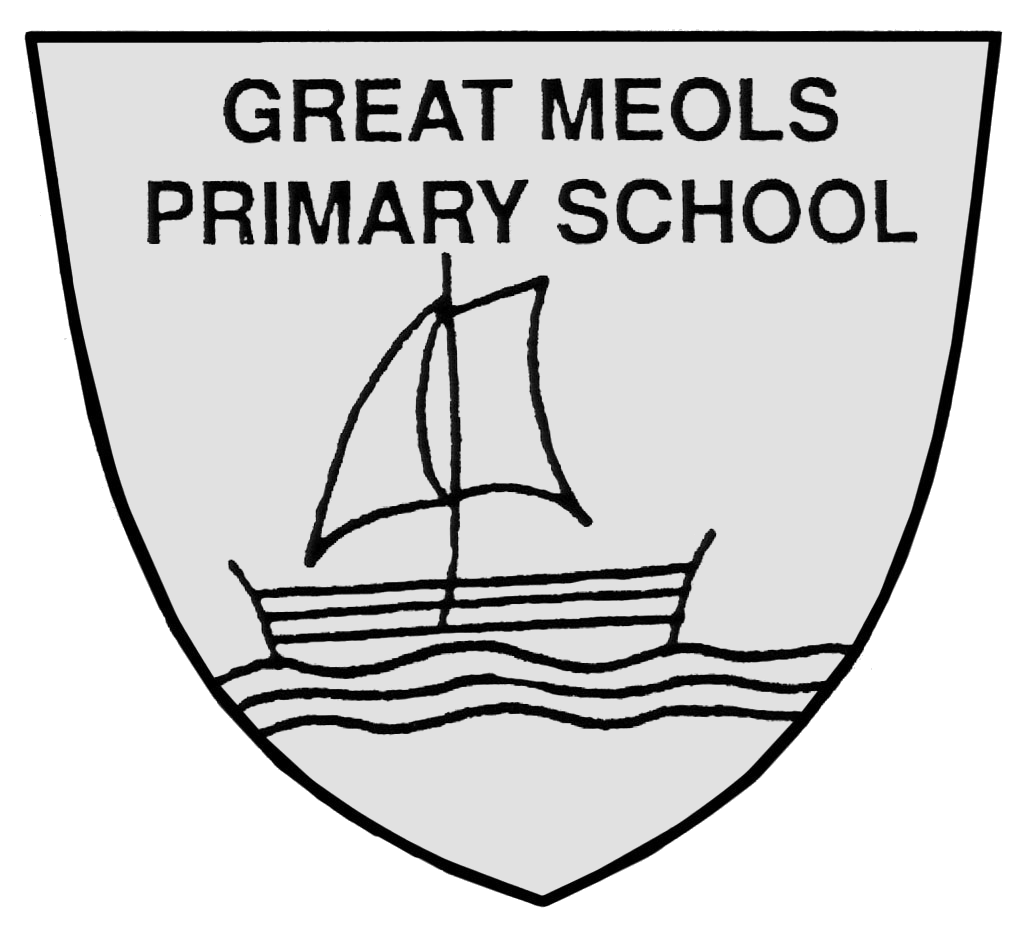Reading for Pleasure
At Great Meols, children are encouraged to read for pleasure. Each day, every class has a dedicated 15 minute ‘Reading for Pleasure’ session with a balance of independent reading and hearing high quality texts read aloud by an adult. Each class has a class book that they are reading, discussing and taking part in related activities. Each classroom has a designated book area, designed to make reading accessible and appealing. Children can access these books regularly and use them in their ‘Reading for Pleasure’ time.
Our Reading Spines
Within KS2 the books chosen for the children to access as free readers and during reading for pleasure time are carefully selected texts (based on the research of D. Lemov) as part of our progressive curriculum, to allow children to be immersed every year to five types of texts in order to successfully navigate reading with confidence. These are complex beyond a lexical level and demand more from the reader than other types of books.
Archaic Language
The vocabulary, usage, syntax and context for cultural reference of texts over 50 or 100 years old are vastly different and typically more complex than texts written today. Students need to be exposed to and develop proficiency with antiquated forms of expression.
Non-Linear Time Sequences
In passages written exclusively for students—or more specifically for student assessments— time tends to unfold with consistency. A story is narrated in a given style with a given cadence and that cadence endures and remains consistent, but in the best books, books where every aspect of the narration is nuanced to create an exact image, time moves in fits and start. It doubles back. The only way to master such books is to have read them time and again and to be carefully introduced to them by a thoughtful teacher or parent.
Narratively Complex
Books are sometimes narrated by an unreliable narrator- Scout, for example, who doesn’t understand and misperceives some of what happened to her. Or the narrator in Edgar Allan Poe’s “The Tell-Tale Heart” who is a madman out of touch with reality. Other books have multiple narrators such as Faulkner’s As I Lay Dying. Others have non-human narrators such as the horse that tells the story in Black Beauty. Some books have multiple intertwined and apparently (for a time) unrelated plot lines. These are far harder to read than books with a single plot line and students need to experience these as well.
Figurative/Symbolic Text
Texts which happen on an allegorical or symbolic level. Not reflected in Lexile’s; critical forms of text complexity that students must experience.
Resistant Texts
Texts written to deliberately resist easy meaning-making by readers. Perhaps half of the poems ever written fall into this category. You have to assemble meaning around nuances, hints, uncertainties and clues
Throughout the year, a range of activities to develop ‘Reading for Pleasure’ take place including World Book Day, assemblies, Book Fair, reading competitions and displays in the library and corridors.
Super Six
By the end of each term - Foundation Stages 1 and 2 and Years 1 and 2, we would like the children to know, in depth, six specifically selected books. These can be found by clicking the links below:
Reading at Home
In order to best support your child with their reading at home, we have created ‘Reading at Home, Question Ideas’ leaflets which can be found on the relevant class pages on the website.
Creating a culture of reading at home is really important in order to support a long term reading habit for your child. The following websites provide ideas for parents and carers to promote and instil a love of reading at home:
